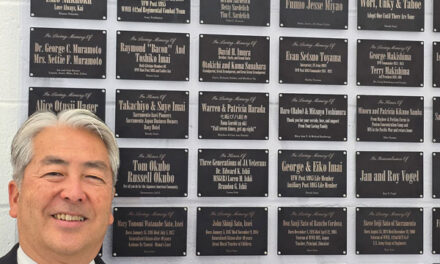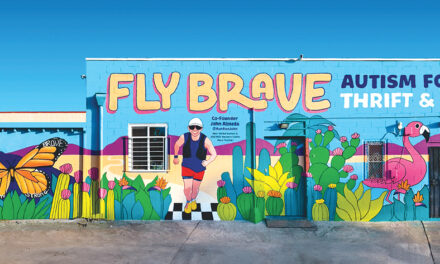Mayor, council push bike trail toward reality
By R.E. Graswich
December 2025
The city’s long-delayed levee bike path through Pocket, linking Freeport to Land Park, Downtown and the American River trail, gives McCarty the perfect platform to show off his talent for tight speeches.
When the City Council voted unanimously to approve the Environmental Impact Report for the levee bike trail, the mayor boiled a half-century of fences, gates, backroom deals and deceptions into one sentence.

The mayor mentioned hearing from a few residents who “have vehement opposition” to the bike trail along the Sacramento River levee. He flicked them away. He said, “Change is hard.”
Get over it. The bike trail is coming.
Political support is insurmountable. A $9.7 million gap exists for trail construction near Zacharias Park. But the city is pinning down grants. Finishing the levee bike path is “top priority,” McCarty says.
The mayor’s bike trail speech took 95 seconds—a crisp sermon on a 50-year battle to bring public access to the Sac River.
These days, public meetings on the levee trail devolve into embarrassing pity parties for the few opponents who show up.
Only five trail opponents addressed the City Council’s latest levee bike path hearing. They demanded another environmental report, hoping to stall the paving crews. They claim the bike trail will wreck the privacy in homes near the levee.
One guy sank into tears as he mentioned my name. He told councilmembers I write “propaganda” promoting public access along the river. He’s half right.
They talked about promises made 50 years ago by the city to link the Sacramento and American rivers with recreational pathways. They described the sorrow of seeing friends die while waiting for the trail to arrive.
“Now the debate is, will we live long enough to ride the trail?” Rich Fowler said.
For decades, bike trail opponents had one big advantage: they worked the refs.
In private meetings with City Council members and staff from the Central Valley Flood Protection Board, they spread fantasies about motorcycle gangs and hobo jungles along the levee.
They insisted they needed fences to keep everyone away from the river. If their pleas failed, they hired lawyers to write threatening letters.
The tactics worked, primarily because city and state flood officials didn’t bother to involve the public.
A few residents organized to encourage Sac River parkway access. But they didn’t yell or pound the table.
They didn’t threaten lawsuits. They were no match for gates and fences blocking the levee.
The levee access saga began to shift when Darrell Fong defeated four-term City Councilmember Robbie Waters in 2010. Waters had friends living near the levee. He smothered City Hall discussions about river access.
Fong wanted access. In four years, he reversed decades of anti-access city policy. When Rick Jennings replaced Fong in 2014, the new councilmember energized the long slog toward a levee bike trail.
Inside took up the crusade in 2013. Month after month, we alerted thousands of readers about backroom weaseling that prevented the community from savoring a bike trail promised in 1975.
Such are the shadows noted by McCarty in his brief remarks.
But even with the bike trail battle won, one question remains.
When pathway opponents speak in public, they always say their biggest concern is people looking down from the levee straight into their homes.
One guy told the City Council that bike trail voyeurs would stare into his child’s bedroom.
Hearing countless variations of this nonsense, my question is: Why are property owners near the levee clueless about curtains?
R.E. Graswich can be reached at regraswich@icloud.com. Follow us on Facebook and Instagram: @insidesacramento.
















